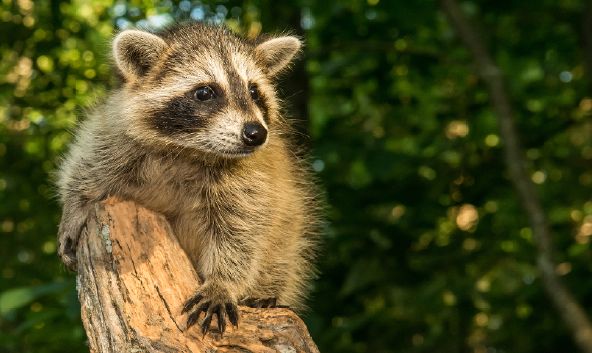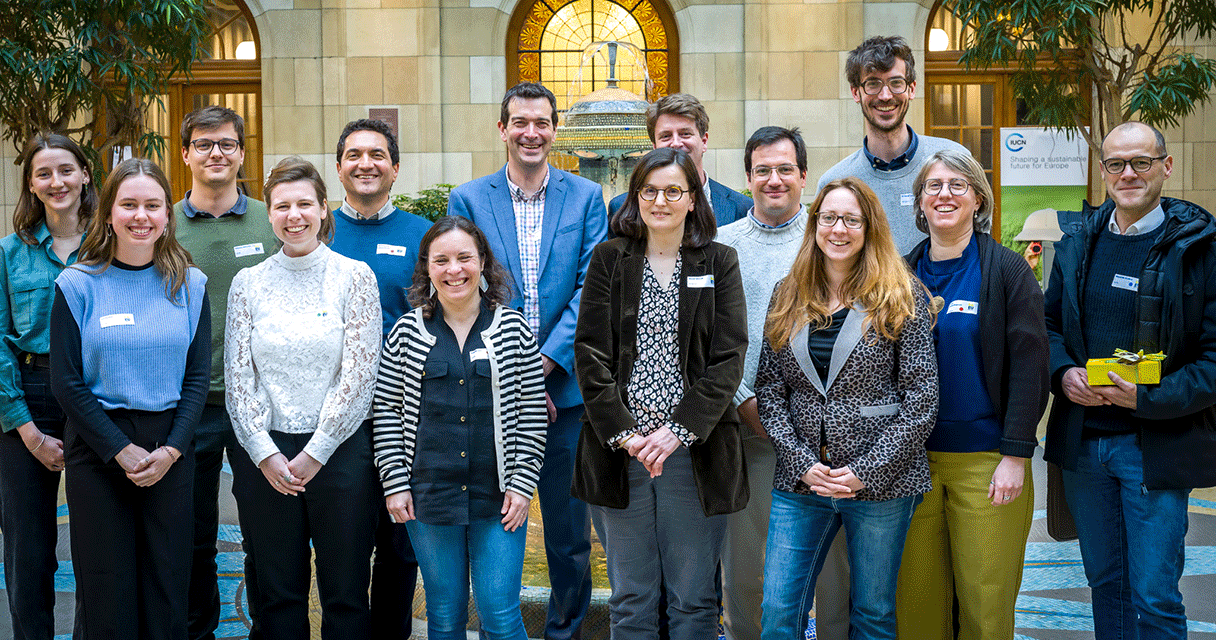An Introduction to the invasive alien species of Union concern presents a brief, non-technical overview of the 47 animals and 41 plants currently listed as invasive alien species (IAS) of Union concern. The summaries include dedicated descriptions of the main biological and ecological features, along with information on their origin, present distribution in the EU and pathways of introduction into the EU. The summaries also present how each species threaten European native biodiversity, and which management measures are currently available to mitigate their impacts.
Some of these species are well-known uninvited guests in European cities and rural areas, for example the racoon (Procyon lotor) and the grey squirrel (Sciurus carolinensis). Others, such as the Asian hornet (Vespa velutina nigrithorax) or common milkweed (Asclepias syriaca) are smaller and less recognisable by the public, but nevertheless act as altering agents in European ecosystems. The common trait shared by all 88 species is their ability to tamper with local biodiversity and environmental balance, triggering a wide range of negative ecological impacts. They do so by reproducing and dispersing rapidly, feeding on native species or out-competing them for habitat and resources. On occasion they can also carry parasites and diseases that are lethal to native wildlife or dangerous to human health.





